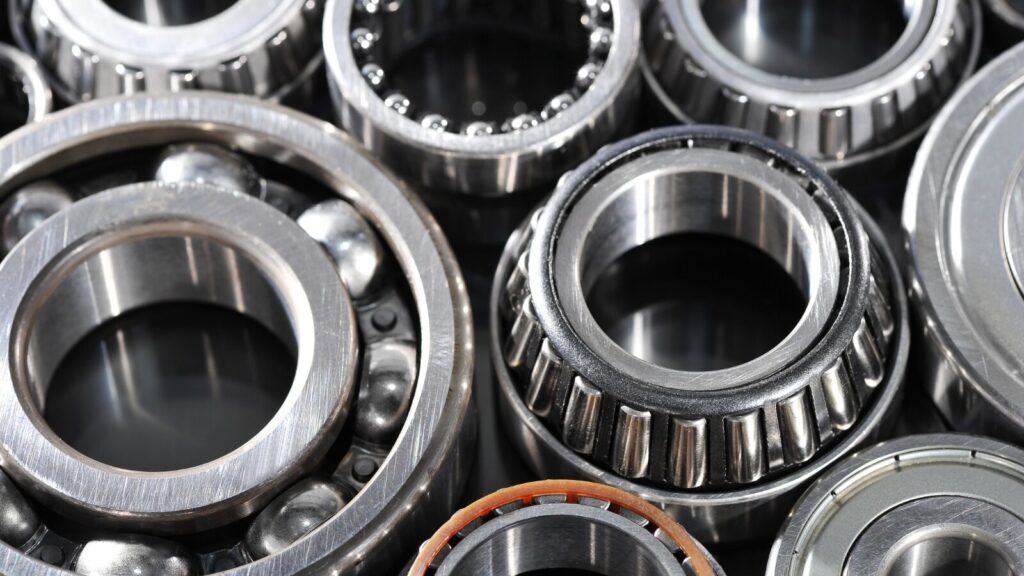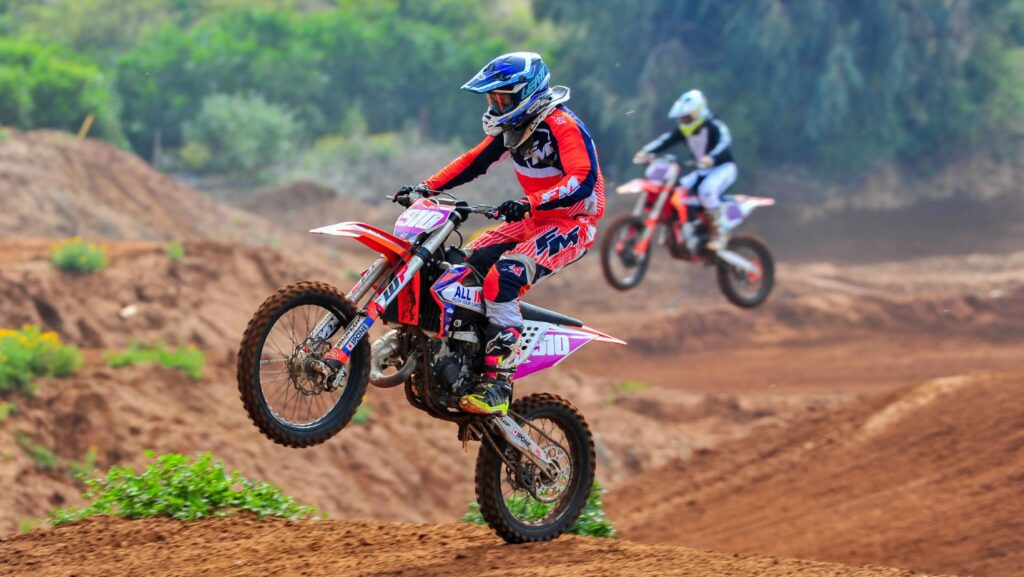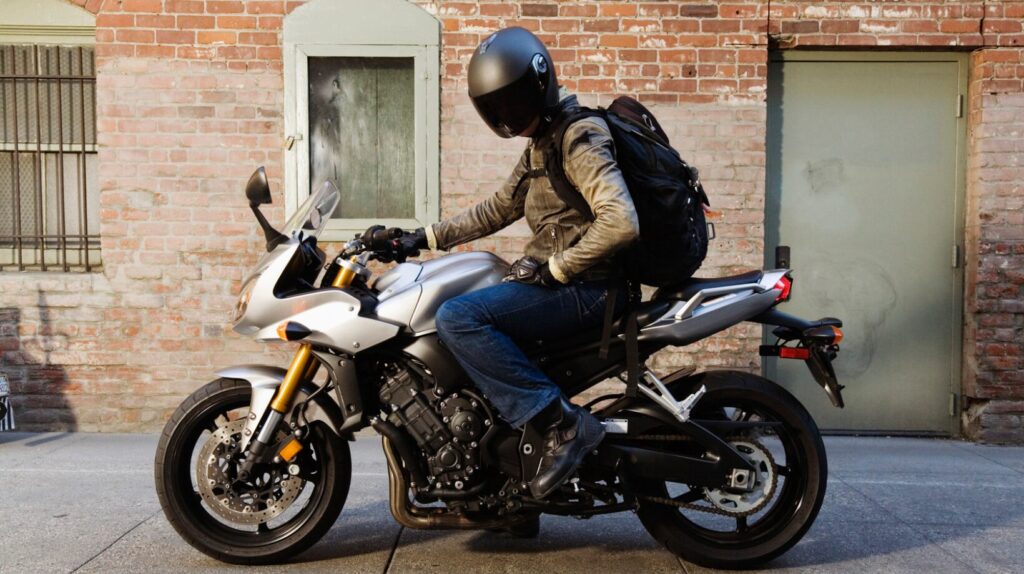
Apart from damaged chains, worn tyres, or missing coolant and oil, wheel bearings are one of the most overlooked parts of any bike, including Harley Davidson. These simple components let the front and rear wheels rotate while supporting the weight of the bike, rider and any additional gear. Since the parts are hidden from view, it’s not until common performance issues such as noticeable noises, pronounced vibrations, or difficulty steering signal the need for maintenance or replacement.
Bearing Basics
Bearings are located at the center of the wheel hubs. They ensure a smooth and safe ride, with optimal power delivery. Most motorcycles have deep groove ball bearings, consisting of a single row of steel bearings encased between inner and outer rings and outer seals to protect against mud, water, and road debris.
The design handles high axial and radial stress, is ideal for higher speeds, can sustain considerable weight loads, and performs flawlessly when well maintained. The parts are simple and inexpensive, but when shopping for replacement Harley Davidson wheel bearings, you’ll want a durable build for extra weight loadings and quality seals for carefree rides in typical UK weather.
Bearings can last up to 50 thousand miles, or the bike’s lifetime, but should be inspected for wear during regular tyre replacements, or around 7500 miles. This saves riders money in labour costs and the hassle of dealing with damaged bearings on longer rides. Bad weather, mud, water, and road debris are relentless on the rubber seals, and this is the main bearing component that leads to further damage.
Signs of Bad Wheel Bearings
Detecting bearing failure on time is essential to your safety and maintaining the bike in top condition. Worn bearings are a precursor to accidents, and cause damage to the hubs, wheels, suspension and other parts. Keep an eye and ear out for some of the most common signs, signalling worn and faulty wheel bearings:

- Vibrations – bearings evenly distribute weight and deliver a smooth ride. Damaged units are the main cause of pronounced vibrations, especially at the front, leading to steering issues and reduced safety.
- The rear wheel feels flat – worn ball bearings, damaged seals, and ingrained road debris can cause play in the rear wheel and the sensation that the tire is flat. Ensure there are no axle or tyre issues beforehand, and inspect the bearings on either side of the wheel.
- Handling and braking issues – damaged bearing components will compromise handling and steering, with wheels wobbling or pulling to one side. The same applies when hitting the brakes. Longer braking distances and the inability of callipers and pads to bite into rotors are signs of wheel alignment and braking issues for irregular bearing wear. Bad bearings can additionally compromise ABS performance.
- Noises – humming or grinding sounds from the wheels can be two possible things – either the padas are nearing their end, or the bearings inside the hub are disintegrating. The higher the damage the louder the sounds will be.
- Uneven tyre wear – if the wheel pulls to either side, you’ll notice that tyres can have different tread wear, often on the side where bearings have failed.
Main Reasons The Parts Fail
Besides heat, water, and road debris, the main reasons for bearing failure include incorrect installation, low quality, and eager riding. Replacing worn units is a straightforward job for experienced riders and bike mechanics, but if you’re new to the process, get a pro or reputed repair shop to do the work for you. Periodically check up on the seals and ensure that the bearings are greased to ensure they last.

Additionally, buy bearings from trusted brands, with certified products and warranties. These set out temperature limits, load capacities, material composition and treatment processes to ensure your Harley Davidson wheel bearings survive in all road, riding and weather conditions.
Bearings must have high compressive and tensile strength to endure repeated cyclic loading. They need to be made of anti-corrosive and neat-treated steel for optimal performance in wet conditions and machined to tight tolerances to ensure precise power transfer. Less expensive units are made of chromed steel, but stainless steel is the way to go if you’re harder on your bike, ride more often, and frequently use your motorcycle in less-than-perfect weather.
Bearing Maintenance
Proper maintenance extends the lifespan of your bearings. This means regularly checking for signs of wear, adding grease in non-sealed units, checking the condition of the seals and ensuring they’re installed correctly. Do this before longer planned rides, or at the start of the season. Bearings should additionally be checked during tyre changes.
Cleaning the bearings removes contaminants. This also deals with the main reason for advanced wear from abrasions and increased friction and is recommended yearly. To repair or replace bearings, you need to centre the bike on a stand, remove the wheel and axle, the brake assembly on bikes with disc brakes and undo the lug nuts to get to the wheel hub.
Bearings are located on either side of the spacer, meaning two per wheel, and removed not tapping with a drift or using a bearing tool on the inner ring. Once removed, disassemble the parts, clean them with a clean, lint-free cloth and isopropyl alcohol, and blast them with air. Make sure to remove ingrained contaminants. Clean the seal, regrease all parts, reassemble the bearing and work backwards to reinstall.

If any parts on your existing bearings are damaged or missing, you’ll want a new replacement.
Purchasing Bearings for Your Harley
Cleaning and maintenance are easy ways to get more out of bearings in decent condition. The parts are inexpensive, but the labour costs can run into the hundreds. With that said, if your bike shows any of the symptoms of wear and tear described above, time to get your Harley wheel bearings changed. The parts can be sold separately or, more often, come in left and right pairs for both the front and rear wheels, with a complete kit including new seals.
Ensure that you match the bearing size, or that of the inner and outer rings for a precise fit. And that you get ABS-compatible bearings for newer Harleys. Choose from OEM brands that produce bearings for several bike makes, or go with aftermarket names for higher quality, and (usually) lower prices.



